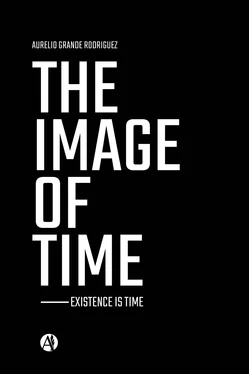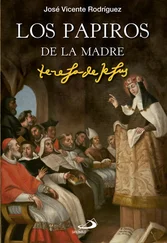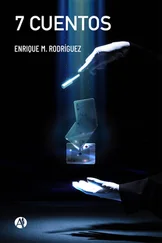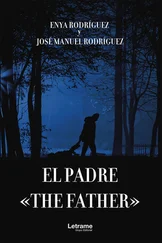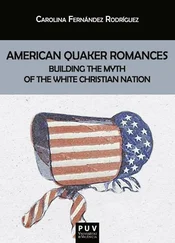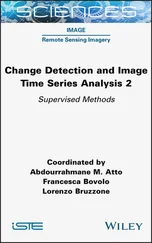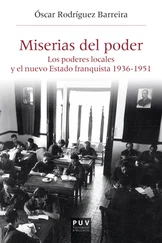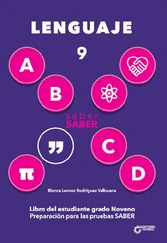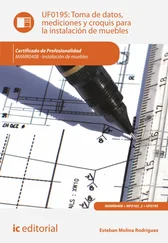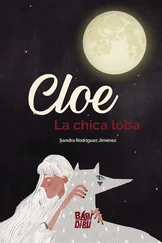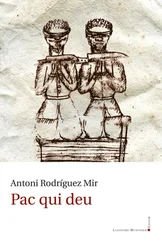This model based on difference is a process that grows indefinitely, multiplying not only the complexity of its object but also the contradictions between all of them; but very especially, those that refer to the observer and his object.
In the pre-Aristotelian period, everything was more of the same, despite the different schools and their tendencies, a fundamental difference wasn´t conceived with respect to the object of the experience; not even between it and the subject. It´s Aristotle who, for a series of practical reasons, introduces a system based on categories based on their classifications, on a methodology that, above any speculation, was basically nothing more than a mere specialization, from which, on the same ideologically arises the idea of the different.
It isn´t very difficult to notice in this multiple condition extracted from an irreducible totality, a relationship where analysis by means of, from the same, the different is progressively generated through a deconstructive process; which is also regarding the development of experience, a reconstructive procedure. This is apparently the consequence of a hypothetical difference that mediates between the figure of the subject and the object, with a third condition, where the set of all subjects is in turn, the material and social object of each individual experience. But in any case, once this procedure is started, it continues with its own mechanism, maintaining the methodology of its own determination, establishing a series of third parties that, left to their own devices, become inexhaustible. Issues of all kinds such as material, bodily, neuronal, linguistic and psychic, as well as conscious and unconscious functions between which there´re no defined limits, make understanding a process that would also end up being an object of itself; which would result, that all this variety would no longer be necessary -as if the only true thing about such a context was only in the procedure- of thinking and not of being -in the facts as a way of existing.
To speak of natural sciences on the one hand and of social sciences on the other, and consider them different within the same discourse is more than nonsense, it exhibits an express irrationality and constitutes an enunciative absurdity; whatever the alleged differences, who speaks of both categories is the subject from his own experience. The reason is as obvious as it´s simple: there´re no natural men on the one hand and social on the other, there´re only men who refer interchangeably to all the phenomena of their experience. Even, when it refers to questions as different as matter and consciousness, both categories are necessarily thought questions. The subject is aware of the structure of the world through his experience, like all things that, by virtue of being observed, are necessarily thought entities; and that hypothetical difference is also thought.
This great complexity of things, events and functions finds its representation in the consciousness of a subject who, from identity and difference, then supposes, from his social membership, the existence of other consciences. It´s there when the problem of other minds is present, refuting and, at the same time, confirming on practice, the contradictory phenomenology of experience.
LIFE AND EXISTENCE
When we say that something exists, we refer to everything that we perceive through the senses, including the functions of this particular mechanism that, in addition to existing, also lives; assuming through this vital experience, that within existence not everything has life but as a whole, everything is preserved -then life would be a spiritual principle, that is put on and taken off.
It´s apparently in existence, that so special condition that calling itself life, by its active principle differs from the insensitive and after a time it´s suppressed by death, returning matter again to its basic inert condition; reasoning about multiple categories that, paradoxically, only exist in the consciousness of those who are alive. In that reason of irreversible immobility ( death ) we find a doubly paradoxical condition, since it´s contradictory with respect to itself and its opposite; In addition to constituting a specific event, it´s considered to be a state that is progressively degrading. This relationship is also contradictory, since the living and the dead are understood as processes and also as states, which are consequently related and logically unjustified. These concepts, which are excluded and complemented on a succession based on membership, yield conclusions that´re as false as their premises.
Inert matter, it is said, acquires life through a special configuration that, after a certain time, finally vanishes; this base is before birth and after death. In this model, life is understood as an attribute that is applied to what exists, but this superposition of incommensurables would be, in logical terms, an inconsequential phenomenon. The basic matter is by its condition the object of a double contradiction, representing from the same the doubly different that supposes the inert, the living and the dead; being born into the inert and living for death.
This complex and contradictory experience of living for death, which is problematic and often absurd, generally develops automatically and unconsciously, until the situation becomes critical and poses a series of questions that demand answers; and problems that require solutions that aren´t immediately available at least consciously -unless they´re invented, which is not by chance, the most widely used procedure (if something isn´t available and needed, it´s usual to improvise it before confirm it). This is what happens many times, deriving from it the notion of the false and the true, a debatable relationship that comes from the previous problem and that by necessity, later justify the beliefs.
In view of the dualistic problematic, the need to explain the complexity of the experience, is added in a natural way the practical sense of existence, about a life made of contradictions where even its denial, it´s a game of which history gives much account. It isn´t very difficult to see in all this that history is, in its practical and descriptive aspect, the history of war; within which living and dying is a paradoxical consequence of the struggle for existence -because of course, subject of the experience is mortal by his very essence –war exists precisely because life, by virtue of being acquired, can also be lost.
Mortality is a direct and necessary consequence of vitality, which makes life and death a contradictory and, at the same time, consequent relationship, which in logical terms is structurally inconsistent; as is also inert nature -but the most important detail is that the conception of the inert and the dead has its origin in the beginning of life.
Understood as a periodic system, war seems to constitute a procedure through which, depending on life and death, three practical aspects are brought into play: will, power and destruction -which is also consequently a principle of significance and reconstruction. A historical principle of transformation through which the subject is also an object of himself, where civilized man is a cultural construction that needs maintenance to sustain itself; the myths and their rites reaffirm a human condition -that each new generation acquires by imposition and learning- the human, apparently, is something that is done.
The general context of the experience, known as reality, is something that doesn´t escape the general rules, since the world is considered both as a process and as a state; another contradiction that obviously casts doubt on the legitimacy of his story. In this world given to experience, the things that compose it, seem to be and at the same time not to be because according to what´s observed ( including the procedure of observing ), the active principle of nature wouldn´t be exactly to be but to change. It´s a subtle way of justifying Parmenides and Heraclitus, assuming the permanence of change as the only reality, where essence and existence are justified in terms of eternity and time; as a reflection of what is and what happens.
Читать дальше
